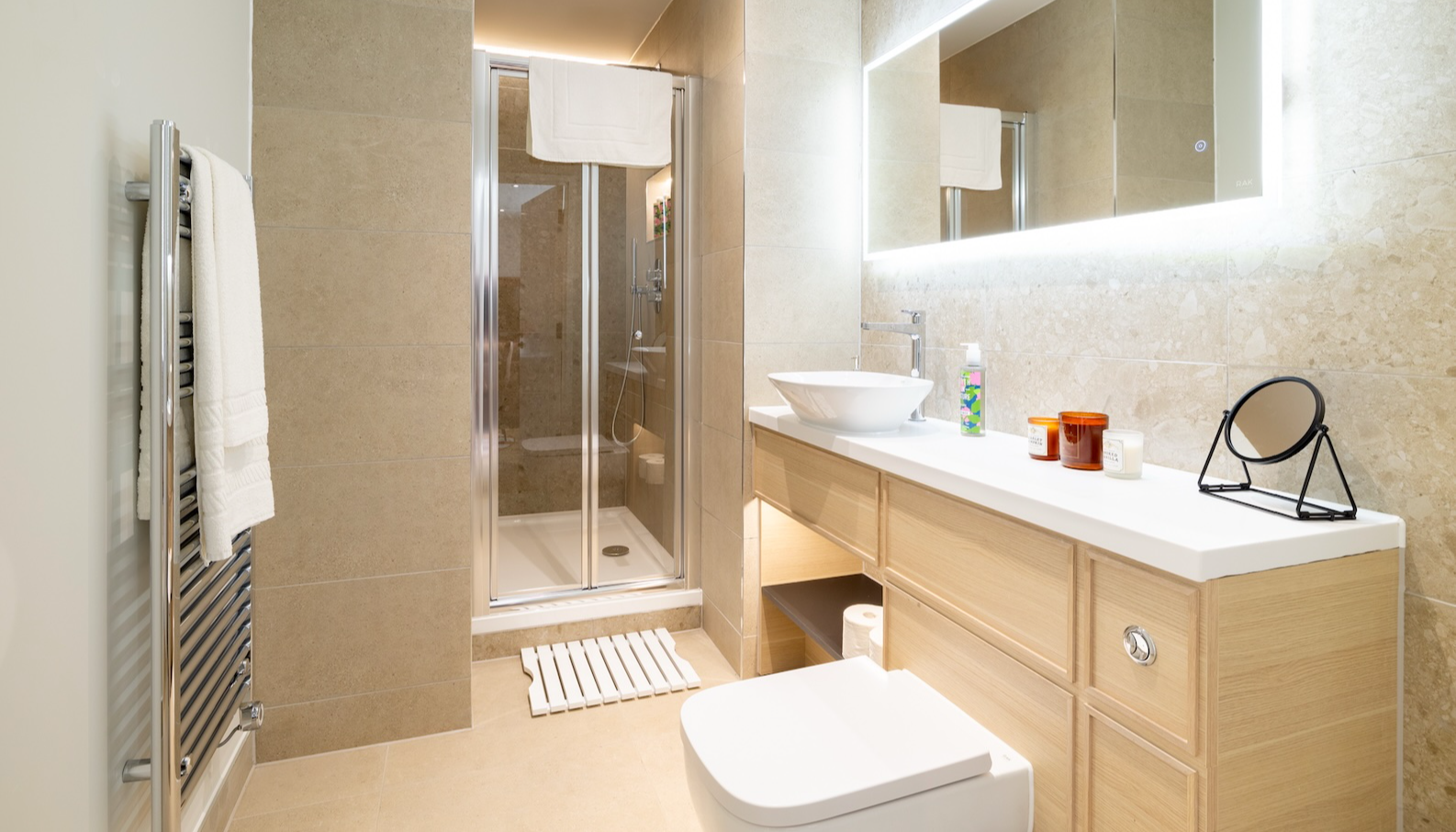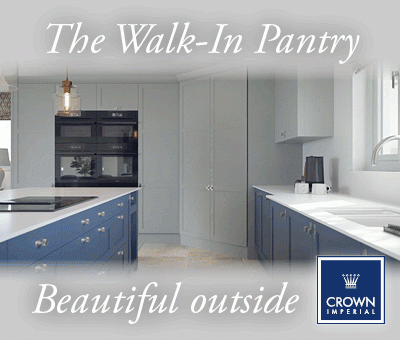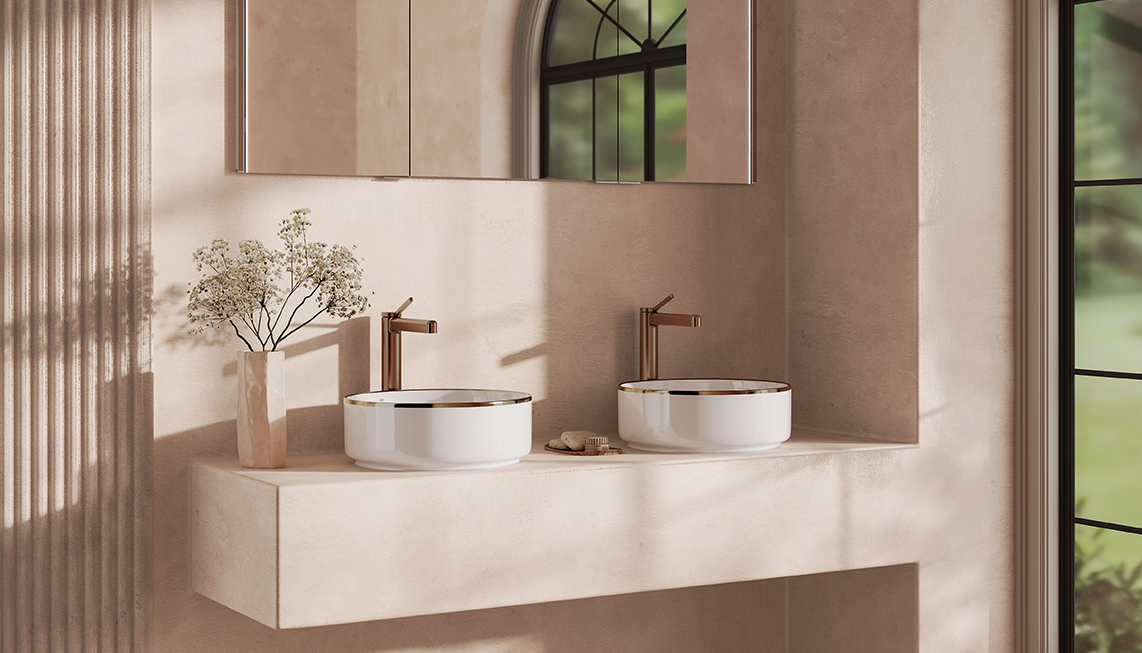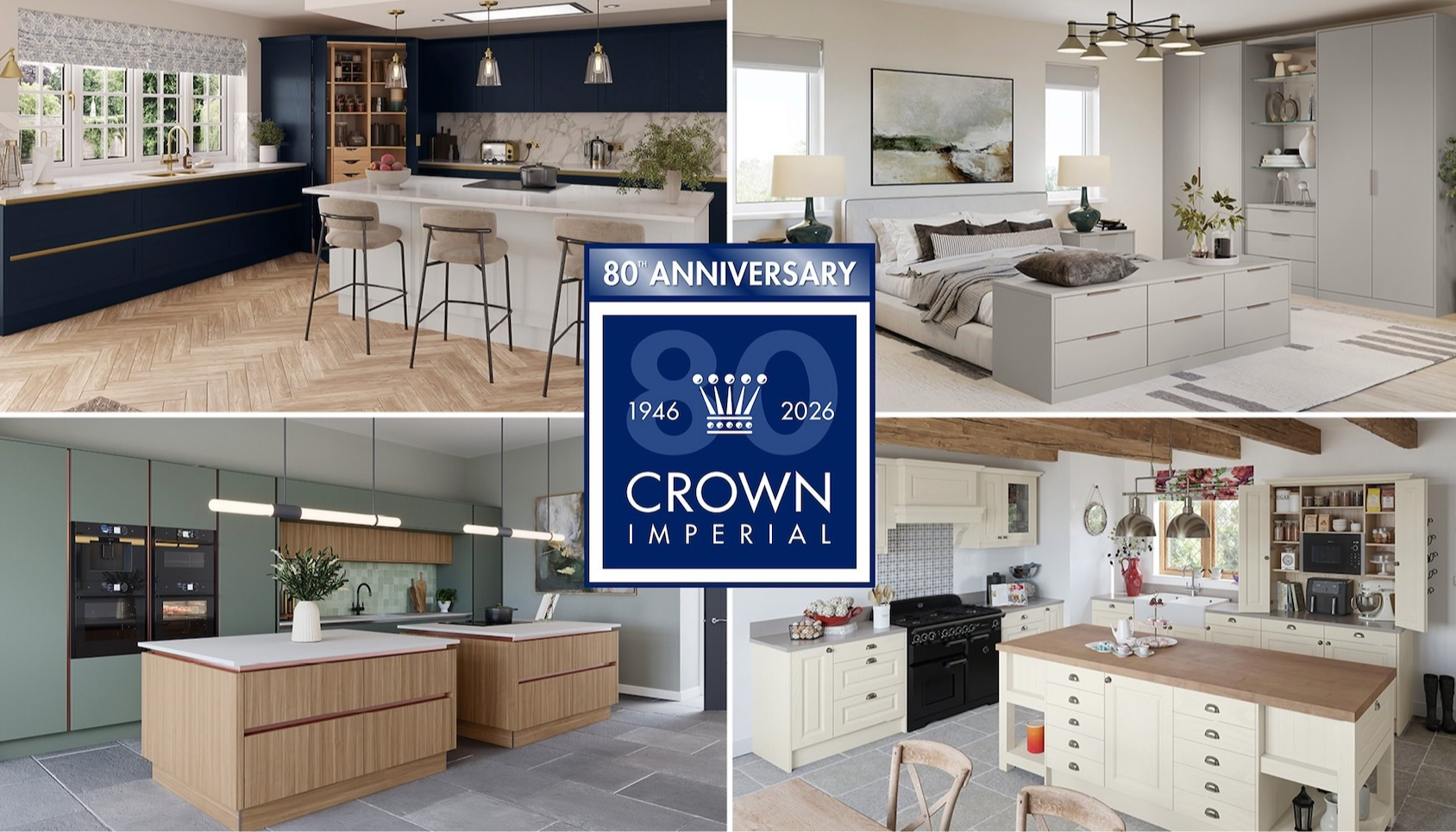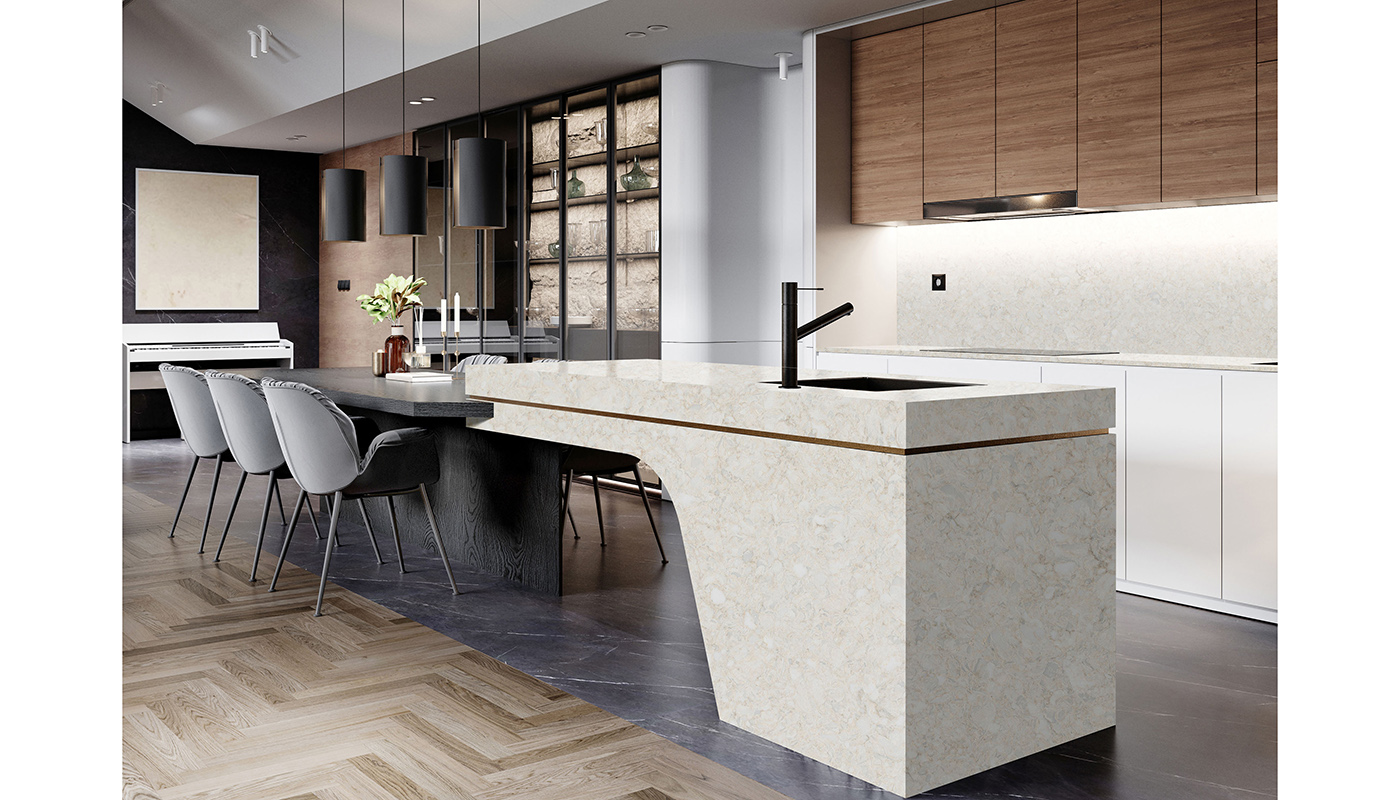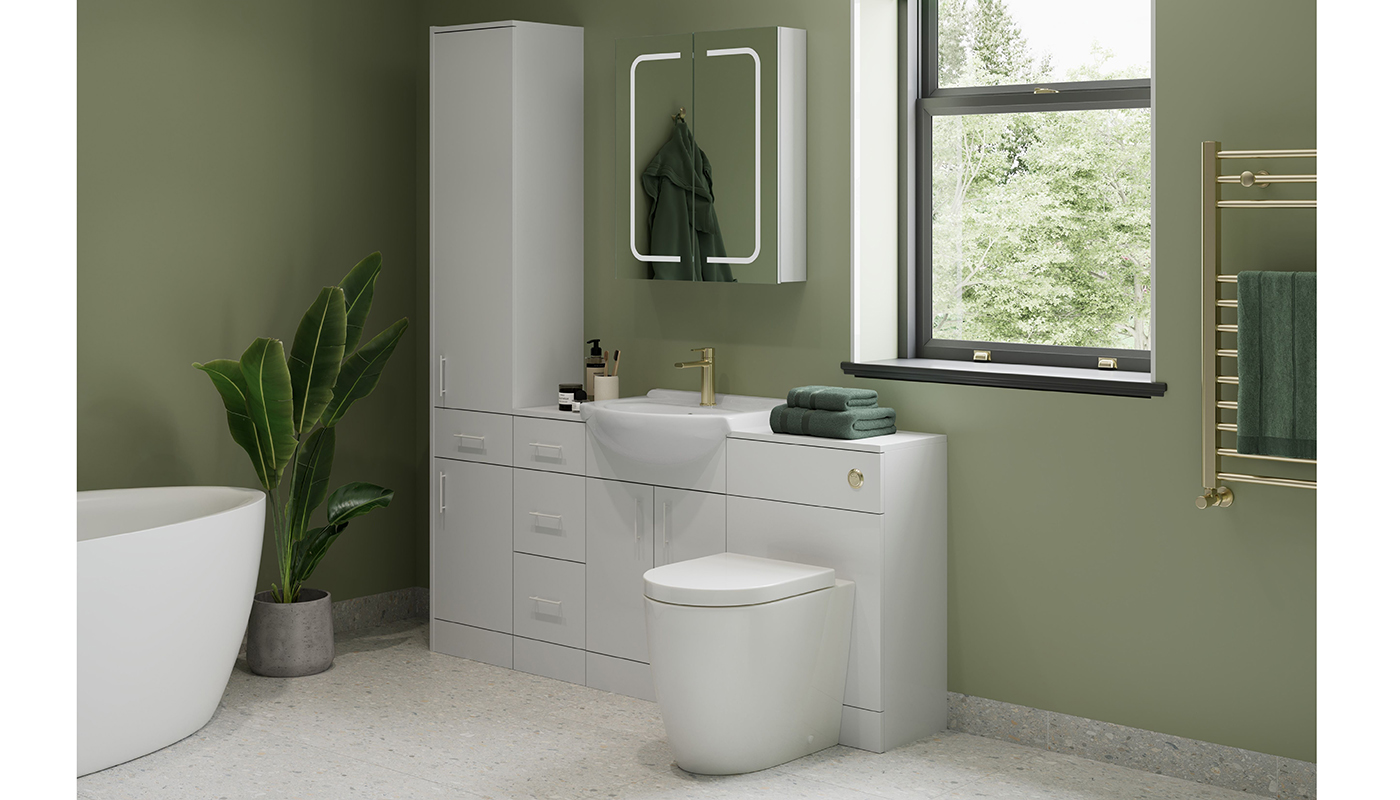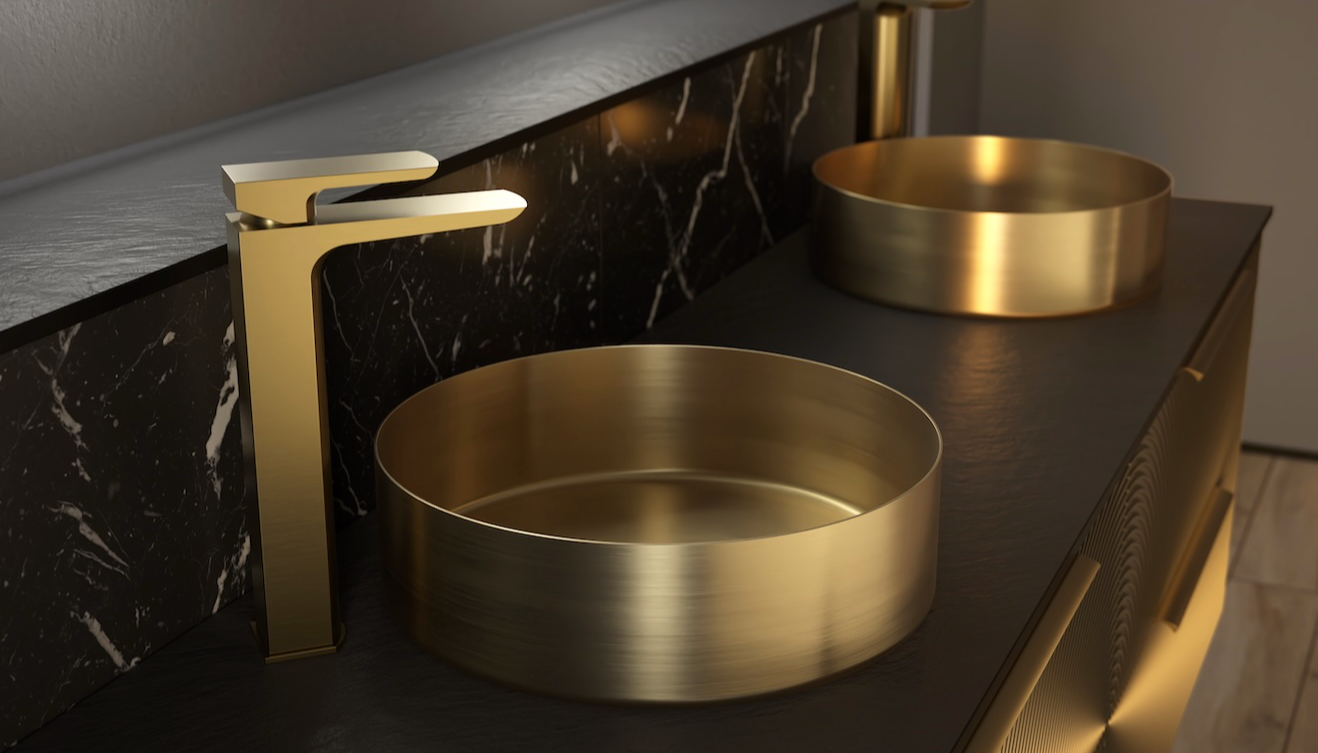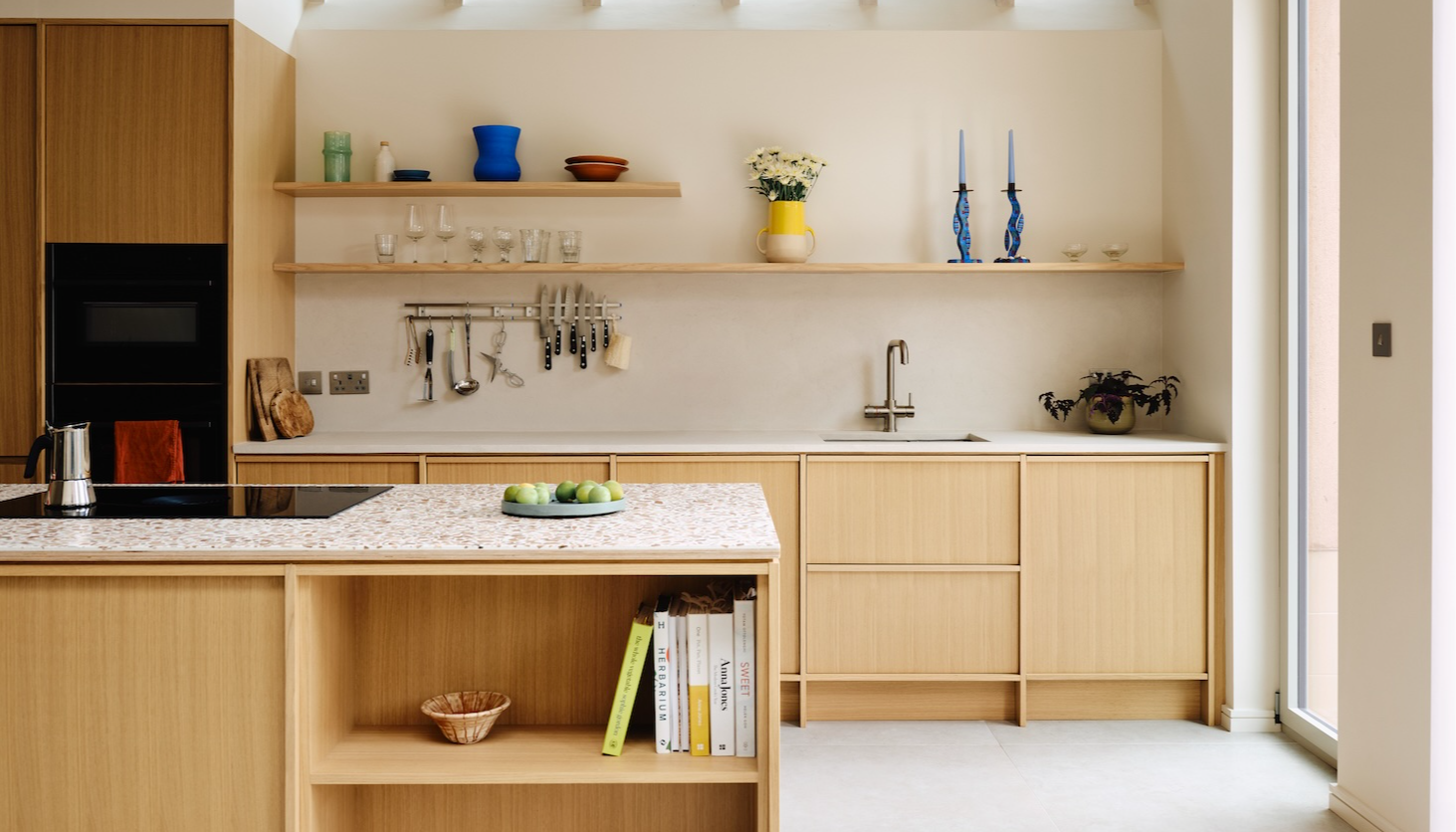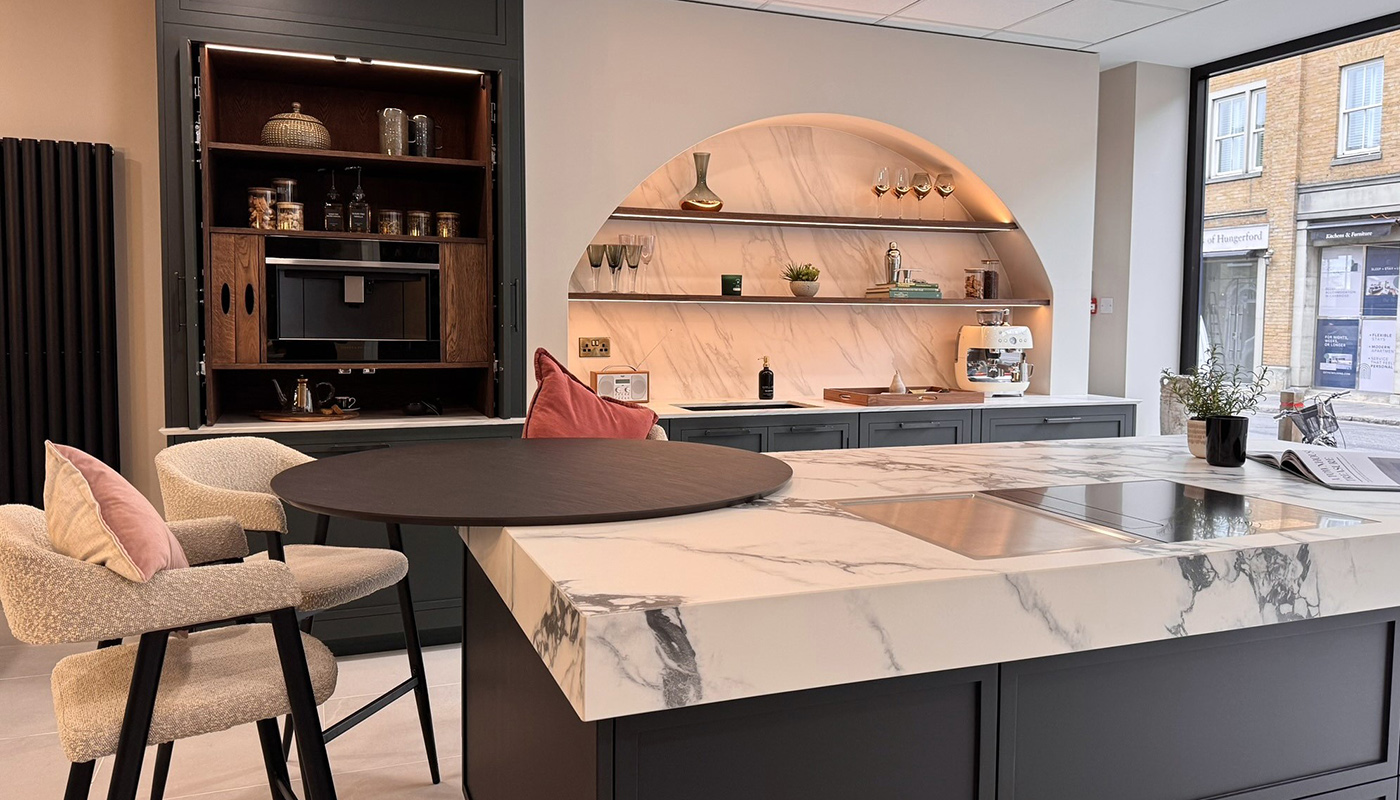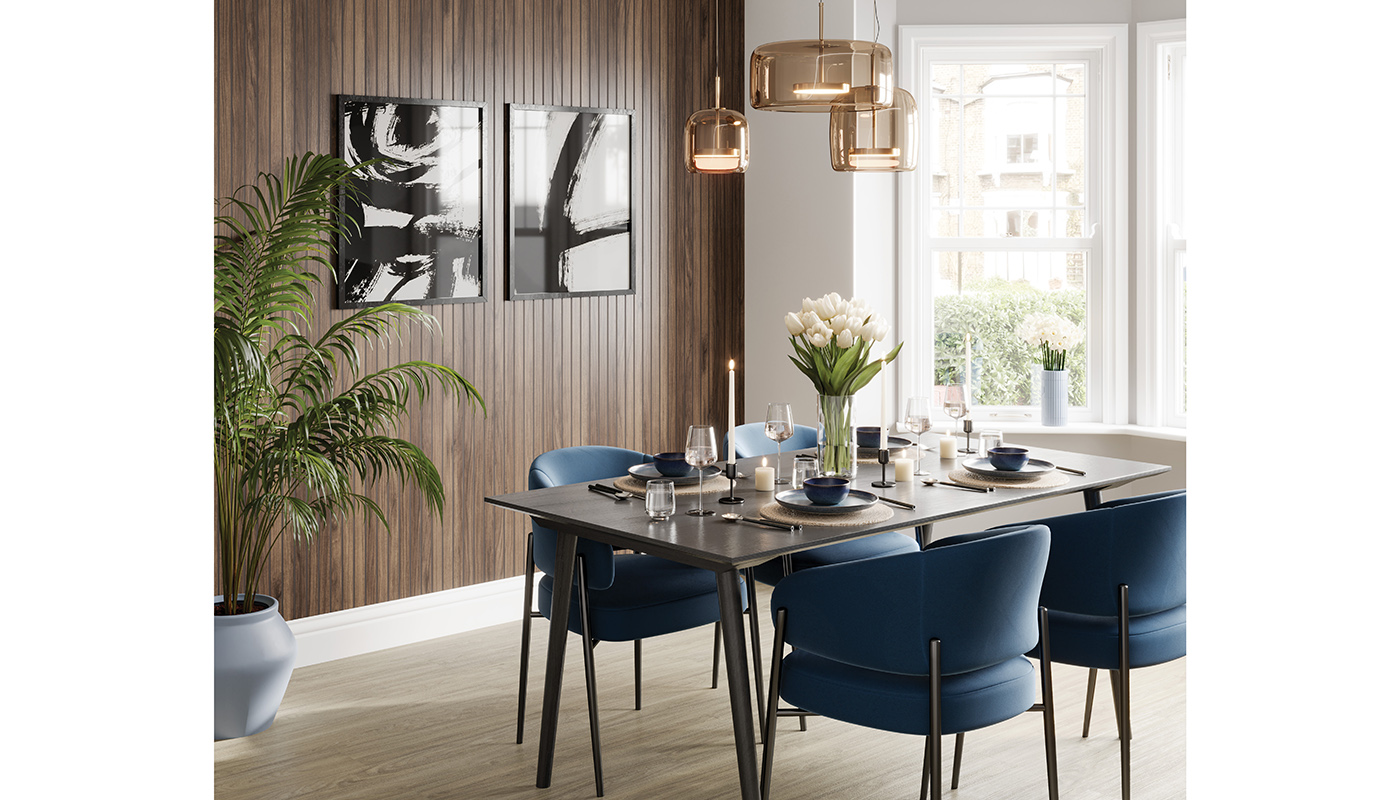Insight: Indigenous founder Joss Thomas on how to design a garden spa
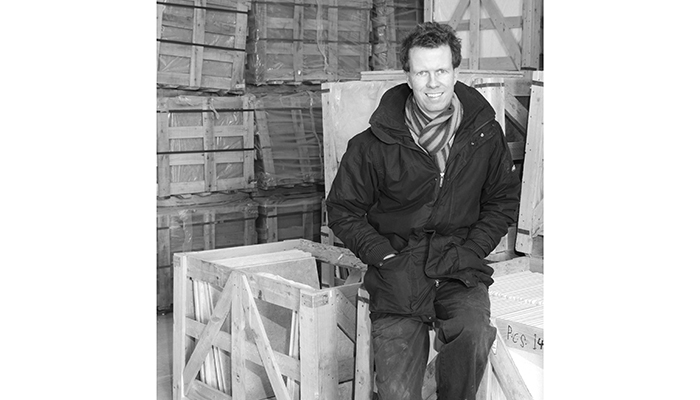
Insight: Indigenous founder Joss Thomas on how to design a garden spa
Joss Thomas, designer and founder of artisanal product supplier Indigenous, reveals his top tips for designing a successful outdoor bathing or showering space.
Outdoor bathing, showering and the garden spa concept have grown in popularity over the last few years. The pandemic certainly played its part; our homes and gardens became so important to us and spending more time in close quarters made us look at new ways to enjoy them. Many people have also been inspired by spas, retreats and boutique hotels. And, no matter how large or small the available space, it’s something that can be styled and shoe-horned to fit any sized garden.
1 – Location
Garden spas work best when they’re sheltered, to some degree, from the elements. This might be by a wall, hedge, trellis, screen or pergola-type structure. Having vertical surfaces also creates more scope to accessorise. For greater privacy, baths, tubs and showers can also be sited in open-fronted sheds or cabins. There’s also scope to incorporate heating, with a firepit, small log stove or heat lamp, as long as this can be achieved safely and with adequate ventilation, etc.
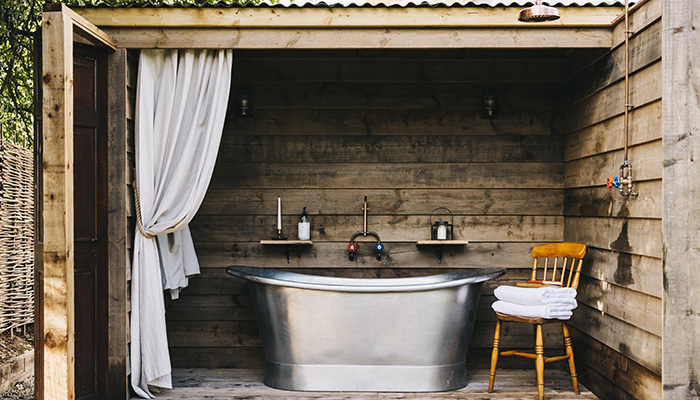
2 – The traditional tub and hot tub
Traditional metal bath tubs are a good, practical choice for a spa space. Most are made of copper, tin, nickel or a combination of metals. There are also more unusual options, like our Oxidised Copper finish, created by applying salt to the metal and heating the surface until the distinct colour and texture are achieved. All of these materials retain heat really well and can generally be left outdoors, though it’s best to cover them up when not in use. They’re also surprisingly light, so easy to move around. Traditional bateau-style designs, with their symmetrical shape and gentle sloping ends, create a beautiful feature and can also generally accommodate two.
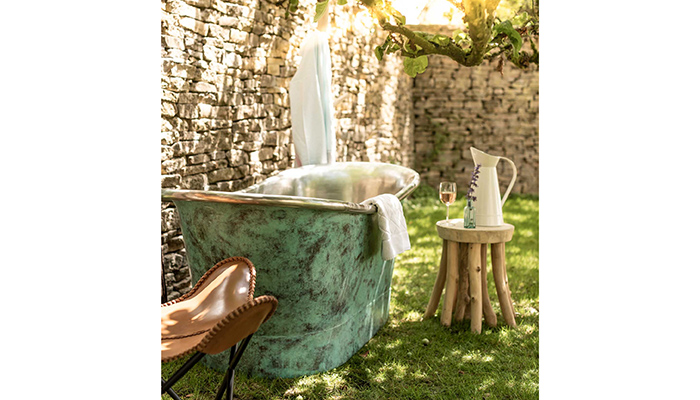
In terms of hot tubs, there are many different types available, from portable inflatable and rotationally molded tubs, to wooden barrel formats and more unusual designs, like our Riverstone Hot Tub, which is made from salvaged volcanic rock.
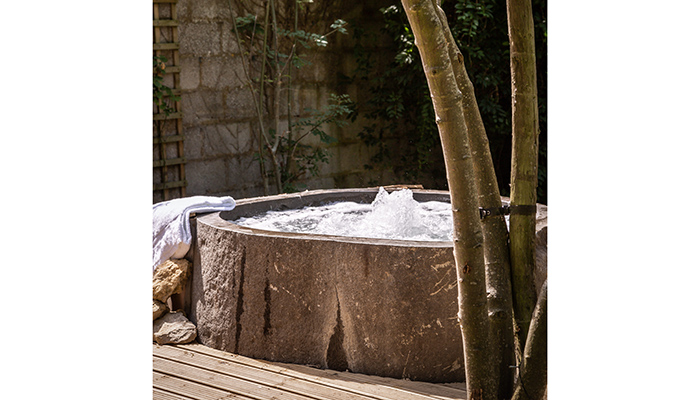
3 – Outdoor showers
If hot and cold water supply permits, outdoor showers are wonderful additions. As well as providing a fabulous al fresco experience, they’re especially useful after water sports and similar pursuits, to save bringing salt and sand into the home. They can be freestanding or wall mounted. One our favourite designs was a freestanding shower sited underneath the boughs of a mature oak.
4 – Practical considerations
When designing a space, ease of access to a water supply, for example, via a hose from taps with hot water is important – as is good drainage. For bath tubs, water can be directed to a drain or allowed to soak into the garden provided there’s sufficient surface area for it to soak away.
For showers, it’s relatively easy to wall mount a system near to an existing kitchen or bathroom water supply, on the side of a wall, or in a pool house. If you want to create a freestanding area away from the supply, excavation will be necessary to take it underground. A proper drainage system may be needed for showers that are regularly used and a shut valve should be fitted to prevent water from freezing in the winter. In terms of shower design, stainless steel is a practical rust-free option, with models available to suit all tastes.
For safety in all spa areas, non-slip surfaces are vital. Textured natural stone or natural-effect porcelain are good options. Textured rubber matting can also work well and can be lifted and cleaned. Of course, a lawn does provide a wonderful surface but can very quickly turn into a mud bath!
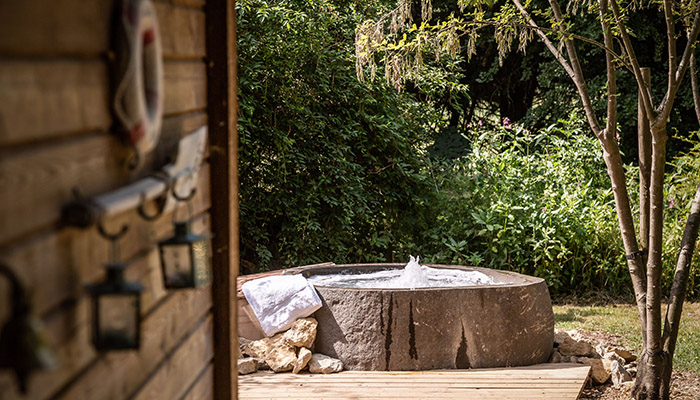
Tags: insight, features, joss thomas, indigenous, garden spas, outdoor bathrooms







